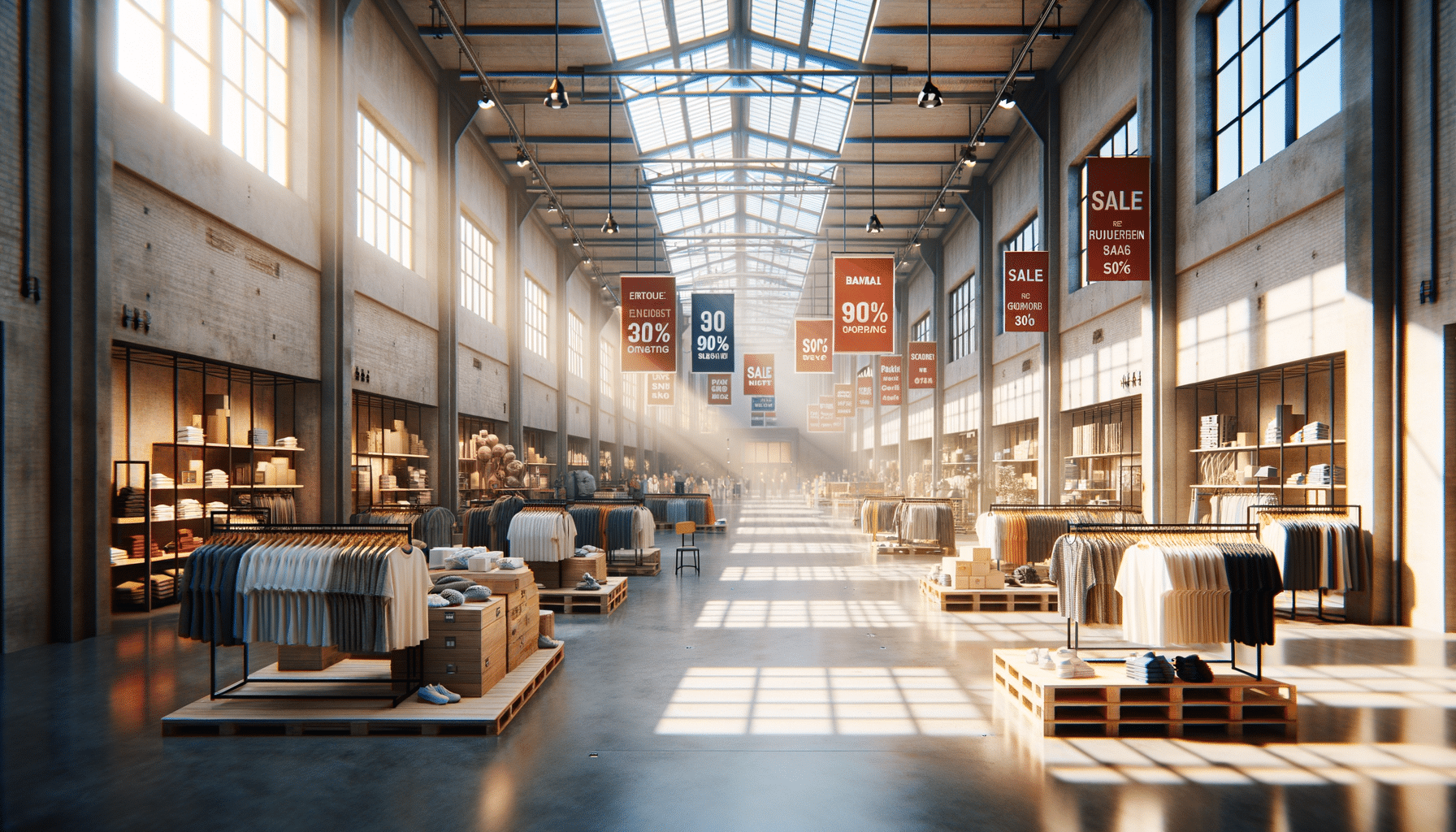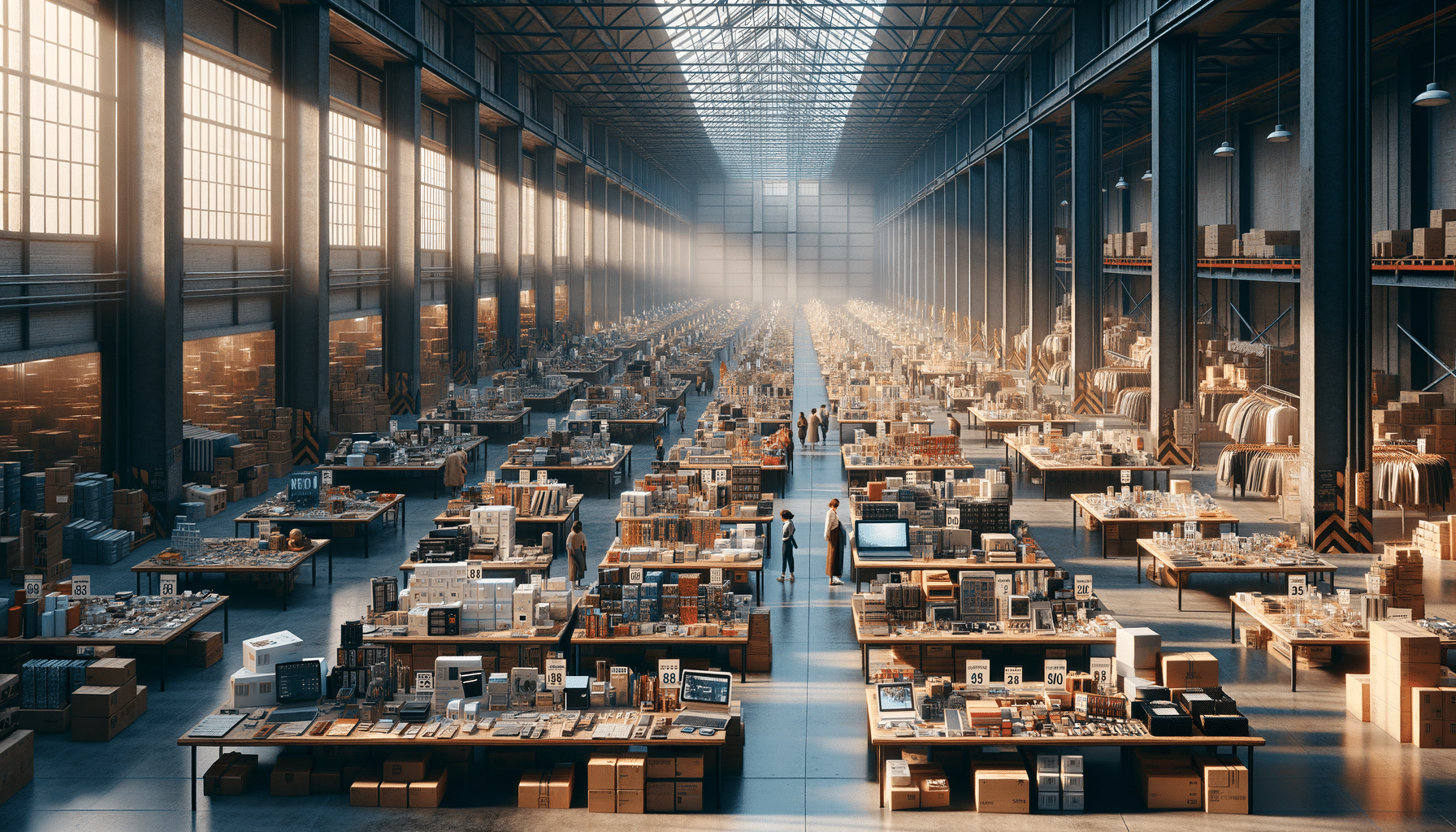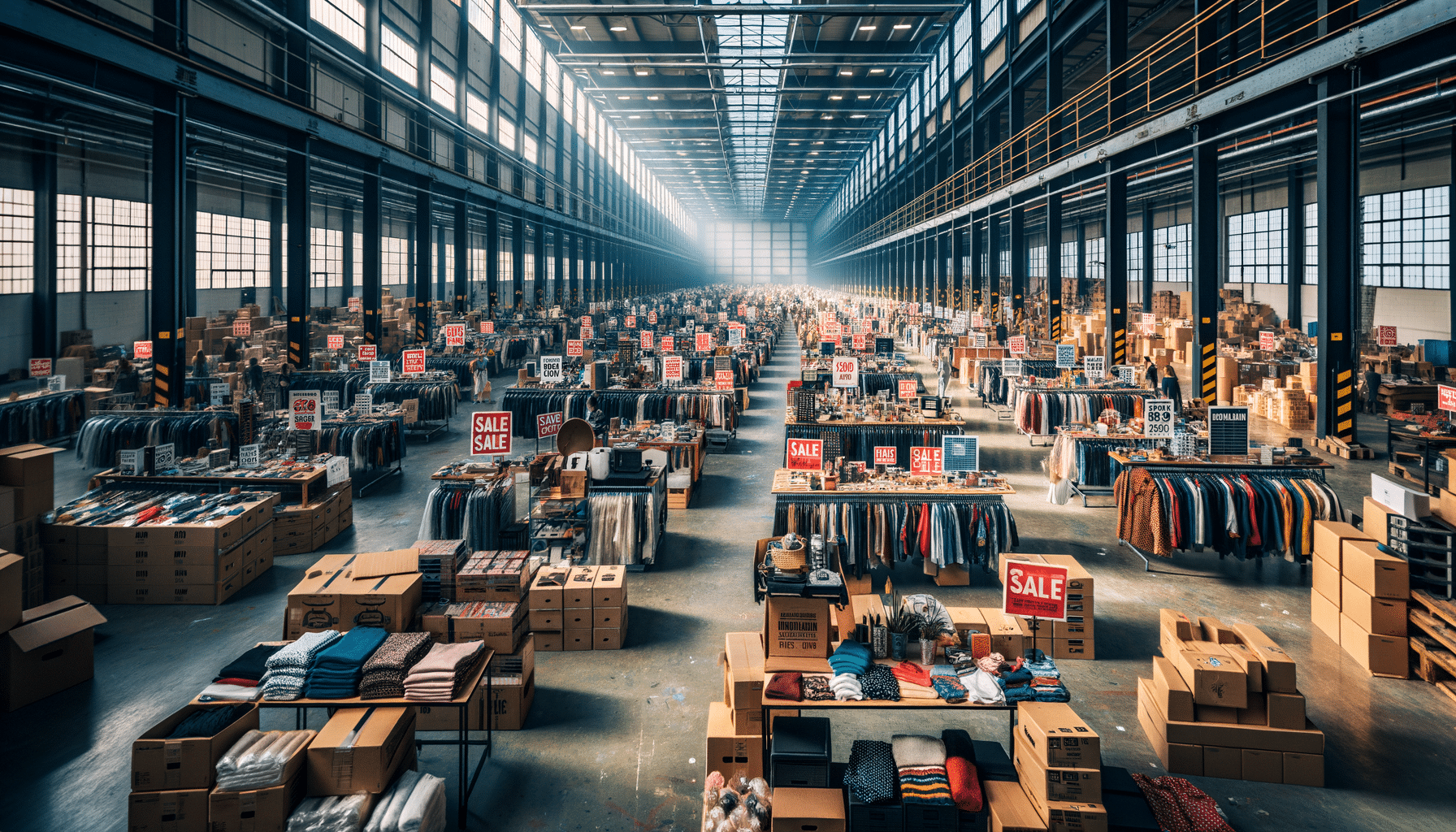
High-Key vs Low-Key Photography: Understanding the Differences
Photography is a visual language that allows us to express emotions, tell stories, and capture moments. Within this realm, high-key and low-key photography stand out as two distinct techniques that can transform the mood and impact of an image. Understanding the differences between these two approaches can enhance your ability as a photographer to convey the desired atmosphere in your work.
Exploring High-Key and Low-Key Photography
High-key and low-key photography are often discussed in terms of lighting and mood. High-key images are characterized by their bright, light-filled compositions, while low-key images are darker and more shadowed, creating a striking contrast. Let’s delve deeper into each of these techniques.
Understanding High-Key Photography
High-key photography is all about brightness and minimal shadows. This approach is commonly used in fashion, product, and portrait photography to evoke feelings of happiness and lightness. According to professional photographer David Hobby, high-key photography “emphasizes highlights and reduces contrast,” which can create a soft, inviting look.
Characteristics of High-Key Photography
- Bright, even lighting
- Minimal shadows
- High exposure settings
- Soft tonal range
Exploring Low-Key Photography
On the other hand, low-key photography embraces shadows and darkness to convey a sense of drama and mystery. This style is often used in fine art, portrait, and still-life photography. Renowned photographer Joe McNally notes that “low-key photography uses shadows to its advantage, creating depth and intrigue in an image.”
Characteristics of Low-Key Photography
- Dark, shadowy lighting
- High contrast
- Low exposure settings
- Rich tonal range
Comparison Table: High-Key vs Low-Key Photography
| Feature | High-Key | Low-Key |
|---|---|---|
| Lighting | Bright and even | Dark and shadowy |
| Exposure | High | Low |
| Tonal Range | Soft | Rich |
| Mood | Light and airy | Dramatic and mysterious |
| Common Uses | Fashion, portraits | Fine art, still-life |
| Contrast | Low | High |
| Emotion | Happiness, lightness | Intrigue, depth |
| Equipment | Softboxes, reflectors | Spotlights, snoots |
Actionable Tips for Photographers
Whether you’re aiming for a high-key or low-key look, here are some tips to help you achieve the desired effect:
- Experiment with lighting: Use multiple softboxes for high-key, and try snoots for low-key.
- Adjust your camera settings: Opt for higher ISO and aperture settings for high-key, and lower for low-key.
- Post-processing: Utilize editing software to fine-tune exposure and contrast.
FAQs
What is the main difference between high-key and low-key photography?
High-key photography uses bright lighting with minimal shadows, while low-key photography uses dark lighting with strong shadows.
Can I achieve these effects with natural light?
Yes, but it requires careful planning and manipulation of available light sources, such as using reflectors for high-key or blocking light for low-key.
Conclusion: Embrace the Art of Contrast
In conclusion, both high-key and low-key photography offer unique ways to express creativity and emotion through images. By mastering these techniques, photographers can enhance their visual storytelling and evoke specific moods in their work. Whether you prefer the brightness of high-key or the depth of low-key, experimenting with these styles can open up new possibilities in your photographic journey. For more on photography techniques, explore additional resources and tutorials online.


